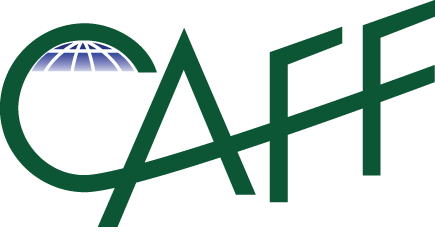boundaries
Type of resources
Available actions
Topics
Keywords
Contact for the resource
Provided by
Years
Formats
Representation types
Update frequencies
status
Scale
-
Appendix 11. Taxa of hetorotrophic protists reported from Foxe Basin, Canada (FB), Disko Bay, W Greenland (DB; Vors 1993), the Greenland Sea (GLS; Ikävalko & Gradinger 1997) and Northern Baffin Bay, Canada (NBB; Lovejoy et al. 2002).
-

The Conservation of Arctic Flora and Fauna (CAFF) and Protection of the Arctic Marine Environments (PAME) working groups of the Arctic Council developed this indicator report. It provides an overview of the status and trends of protected areas in the Arctic. The data used represents the results of the 2016 update to the Protected Areas Database submitted by each of the Arctic Council member states (Annex 1). This report uses the International Union for the Conservation of Nature (IUCN) definition for protected areas (see Box 1) which includes a wide range of Management Categories – from strict nature reserve to protection with sustainable use. Consequently, the level of protection and governance of these areas varies throughout the circumpolar region and its countries.
-

Shorebirds experience threats throughout their migratory journeys. Their Arctic breeding grounds are changing.
-
Appendix 9.1 List of all Arctic vascular plant species (with PAF code number) and their distribution in the 21 Arctic floristic provinces and 5 subzones based on Elven (2007).
-
Appendix 17.3. Phylogeographic and population genetics studies of selected Arctic species.
-
Breeding bird species in the different geographic zones of the low and high Arctic
-

Spider species-level data collected from pan traps across four habitat types in Cambrige Bay Nunavut. Two wet habitat types and two dry habitat types were examined. Samples continuously taken from July 3rd to August 11th 2014, but broken down into sampling periods which are, on average, 6 days long.
-
Appendix 9.7 Species list with full names of liverworts of Greenland according to Damsholt (2010, unpublished) including 22 families, 50 genera and 173 species.
-
Appendix 10.2. Data on diversity of lichens and lichenicolous fungi in the Arctic and separately for the sectors of the Arctic (Beringia, Canada, North Atlantic, European Russia, W and E Siberia) and the single floristic provinces: numbers of species, numbers of species in the low and high Arctic, percentage of species with respective growth form (crustose, squamulose, foliose, fruticose), the estimated number of missing crustose lichen species (explanations below), percentage of species on the respective substrate on which the lichen species grow, and rarity of species within and outside the Arctic.
-
Appenidx 17.1. Selected phylogenetic studies of (or including) Arctic taxa.
 CAFF - Arctic Biodiversity Data Service (ABDS)
CAFF - Arctic Biodiversity Data Service (ABDS)